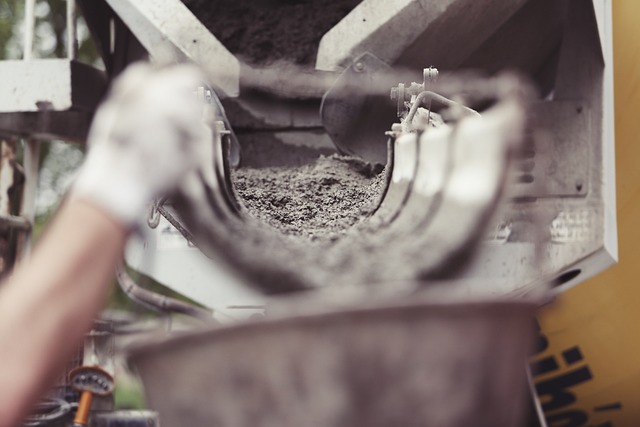A new study published in Proceedings of the National Academy of Sciences has made a key discovery to understanding the incredible strength and longevity of ancient Roman architecture. An international team of researchers analyzed the chemical composition of the volcanic ash-lime mortar used in the masonry of Roman architecture, and discovered that particular chemical reactions between its components give them a resistance comparable to many cements used today. This formula could help produce durable and eco-friendly building materials for today’s market, according to the study’s authors.
In “Mechanical Resilience and Cementitious Processes in Imperial Roman Architectural Mortar,” a reproduction of Imperial-age mortar based on Trajan’s Markets’ wall concrete (now Museo Fori Imperiali) resisted microcracking through cohesion of calcium–aluminum–silicate–hydrate cementing binder and in situ crystallization of platey strätlingite – a durable calcium-aluminosilicate mineral that reinforces interfacial zones and the cementitious matrix. In the 1,900-year-old mortar, dense intergrowths of the platey crystals obstruct crack propagation and preserved cohesion at the micron scale. Trajanic concrete provides a proven prototype for environmentally friendly conglomeratic concretes that contain approximately 88-percent by volume of volcanic rock yet maintain their chemical resilience and structural integrity in seismically active environments at the millenial scale, noted the authors.
According to Marie Jackson, a researcher at Berkeley University who led the study, the concrete used by the Romans is created at much lower temperatures than portland cement. This results in a significant reduction in carbon dioxide emissions. “If we can find ways to incorporate a substantial volumetric component of volcanic rock in the production of specialty concretes, we could greatly reduce the carbon emissions associated with their production also improve their durability and mechanical resistance over time,” said Jackson.



